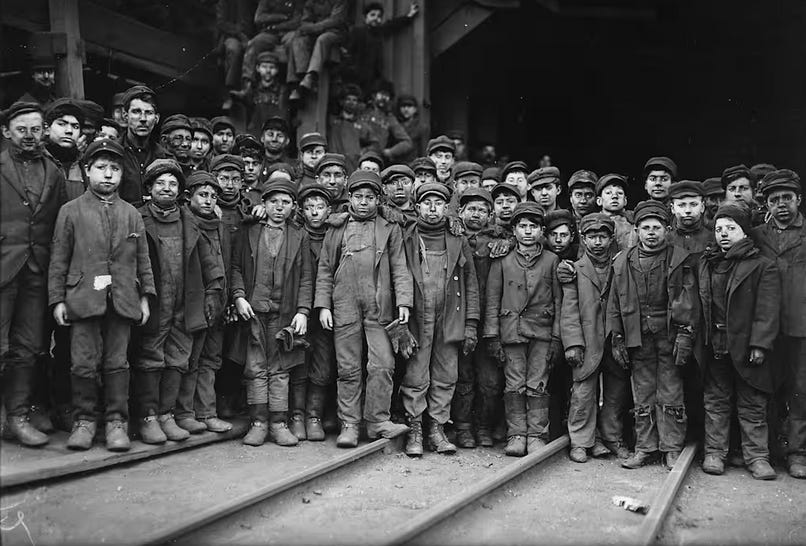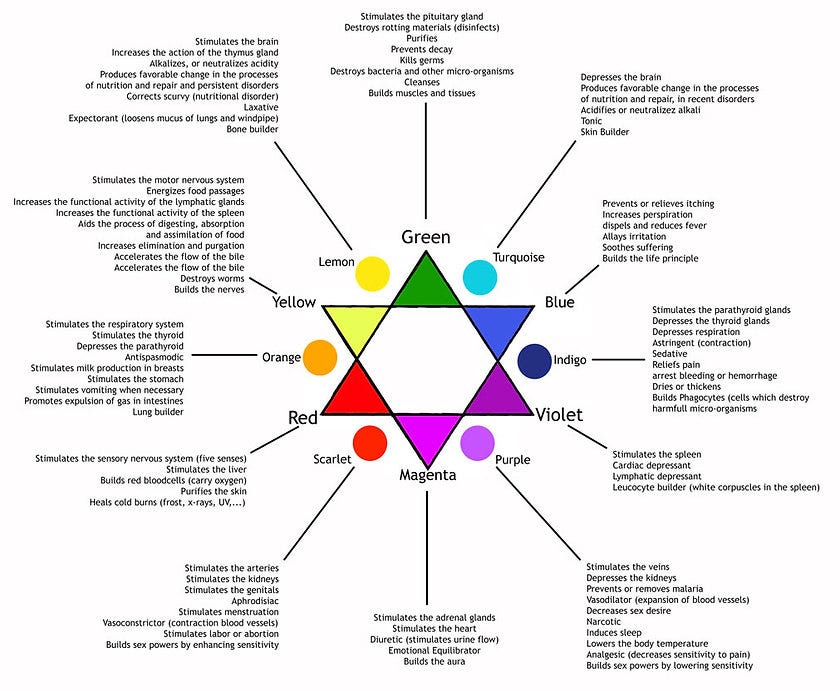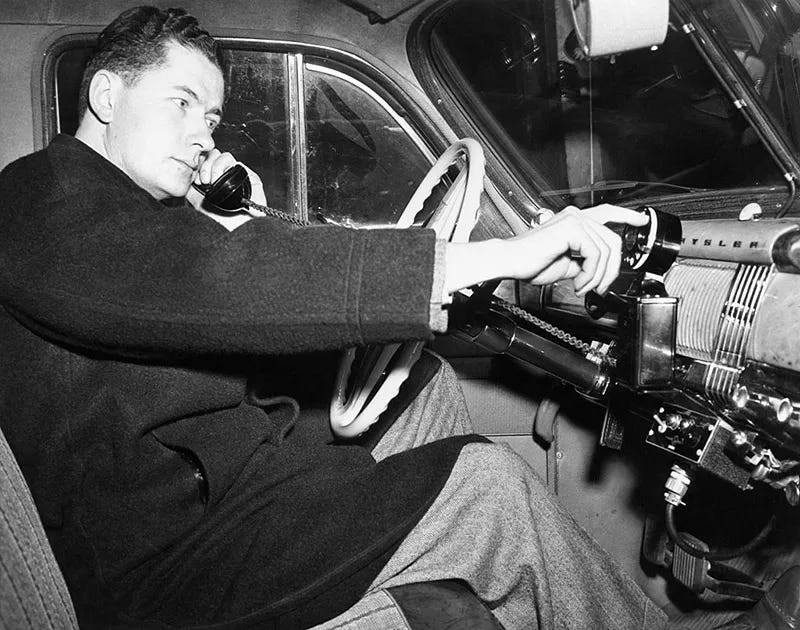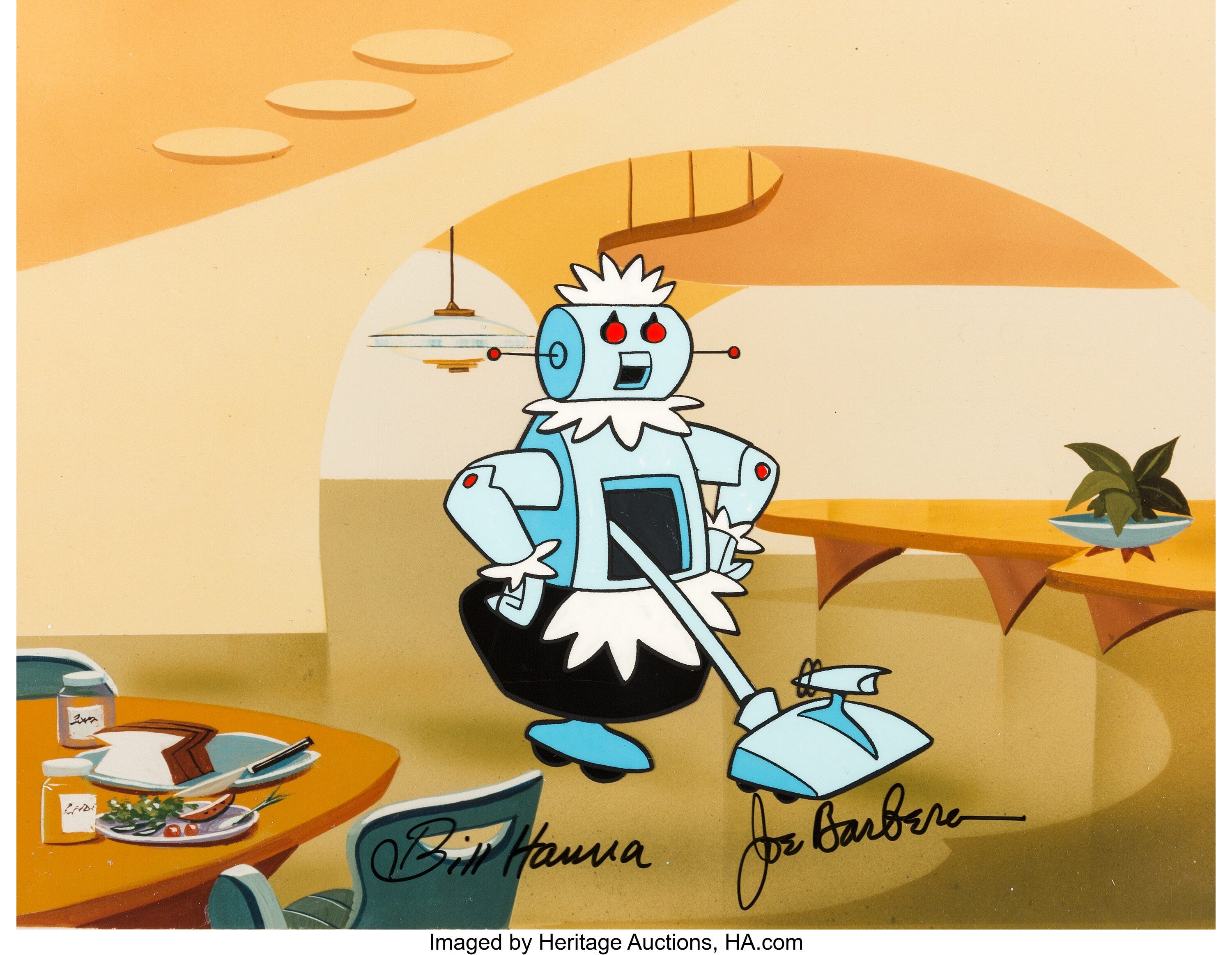

The Power Couple (private feed for sbagoye@gmail.com)
https://api.substack.com/feed/podcast/898281/private/ee387e47-96c4-4a58-8ce3-720ba08f63b9.rssEpisode List

Labor Day from the 1800s to today
The history of labor day from the 1800s to todayHow skin became a status symbol during the Industrial RevolutionWhat we can do to help curb child labor in the Post Industrial RevolutionThank you for listening, and for supporting our work.We are more powerful than we know,SUBSCRIBE to our SUBSTACK for the full experience! This is a public episode. If you'd like to discuss this with other subscribers or get access to bonus episodes, visit romanshapoval.substack.com/subscribe

Chromotherapy
The history and benefits of color therapyHow chromotherapy was suppressed: the story of Dinshah GhadialiModern applications of chromotherapyHow colors are used to steer human psychologyHow to incorporate chromotherapy into your life!SUBSCRIBE to our SUBSTACK for the full experience! This is a public episode. If you'd like to discuss this with other subscribers or get access to bonus episodes, visit romanshapoval.substack.com/subscribe

Our telephonic ☎️ history
The history of the telephone, and its controversial beginningsWhy switchboard operators developed neurastheniaWho is phasing out landlines and why you should have oneWhat was your favorite, or least favorite phone growing up? Let us know!SUBSCRIBE to our SUBSTACK for the full experience! This is a public episode. If you'd like to discuss this with other subscribers or get access to bonus episodes, visit romanshapoval.substack.com/subscribe

Ancient robotic 🤖 history
Are robots going to make our lives easier, or more convenient for someone else’s agenda of profit and control? Here are some current global trends1 in robotics:There are over 3.4 million industrial robots in the world todayIndustrial companies plan to invest 25% of their capital in industrial automation over the next five years14% of workers have lost their jobs to robotsFrom Rosie the Robot to Robocop, past generations have been programmed to think robots will be a boon to society. The original robots were meant to do the mundane, and support civil society.Issac Asimov, who coined the word “robotics” generally characterized the robots in his short stories as helpful servants of man, and proposed three "Laws of Robotics" that his robots, as well as sci-fi robotic characters of many other stories, followed:Law 1 - A robot may not injure a human being or, through inaction, allow a human being to come to harm.Law 2 - A robot must obey the orders given it by human beings except where such orders would conflict with the First Law.Law 3 - A robot must protect its own existence as long as such protection does not conflict with the First or Second Law.Today we are breaking all of those laws, with robots that serve the military police-surveillance state, as robo-vacuum cleaners and gadgets become harvested data points, eventually used against our best interest. How do we build servants, rather than become slaves of a master robot race we ourselves have created?Join us as we discuss:The history of roboticsRobots in pop cultureEconomic impacts of roboticsRobots and the future of our humanitySUBSCRIBE to our SUBSTACK for the full experience! This is a public episode. If you'd like to discuss this with other subscribers or get access to bonus episodes, visit romanshapoval.substack.com/subscribe

Our robotic 🤖 history
Are robots going to make our lives easier, or more convenient for someone else’s agenda of profit and control? Here are some current global trends1 in robotics:There are over 3.4 million industrial robots in the world todayIndustrial companies plan to invest 25% of their capital in industrial automation over the next five years14% of workers have lost their jobs to robotsFrom Rosie the Robot to Robocop, past generations have been programmed to think robots will be a boon to society. The original robots were meant to do the mundane, and support civil society.Issac Asimov, who coined the word “robotics” generally characterized the robots in his short stories as helpful servants of man, and proposed three "Laws of Robotics" that his robots, as well as sci-fi robotic characters of many other stories, followed:Law 1 - A robot may not injure a human being or, through inaction, allow a human being to come to harm.Law 2 - A robot must obey the orders given it by human beings except where such orders would conflict with the First Law.Law 3 - A robot must protect its own existence as long as such protection does not conflict with the First or Second Law.Today we are breaking all of those laws, with robots that serve the military police-surveillance state, as robo-vacuum cleaners and gadgets become harvested data points, eventually used against our best interest. How do we build servants, rather than become slaves of a master robot race we ourselves have created?Join us as we discuss:The history of roboticsRobots in pop cultureEconomic impacts of roboticsRobots and the future of our humanitySUBSCRIBE to our SUBSTACK for the full experience! This is a public episode. If you'd like to discuss this with other subscribers or get access to bonus episodes, visit romanshapoval.substack.com/subscribe
You may also like
Create Your Podcast In Minutes
- Full-featured podcast site
- Unlimited storage and bandwidth
- Comprehensive podcast stats
- Distribute to Apple Podcasts, Spotify, and more
- Make money with your podcast












